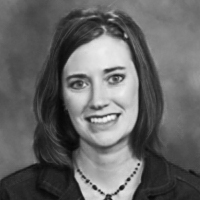Question
For a patient with spastic dysarthria, which would be the best therapy approach, the traditional or motor-oral approach?
Answer
There are several variants of the oral-motor approach. Each major proponent of the method has his/her own idiosyncratic procedures. The oral-motor approach in general is currently very popular. It is very important to distinguish between therapy for nonspeech versus therapy for speech movements. These are likely different neurologically. Therefore, it is also likely that any method useful for one may not work for the other. Your question, though, clearly bears on speech movements.
The support for oral-motor therapy for speech movements is limited to anecdotal reports. Virtually all well-controlled scientific investigations of this method have yielded negative results, indicating that this method is not effective for speech rehabilitation (references below). It is my impression (this represents my subjective opinion) that the oral-motor therapy exercises that may contribute to improvement are those relying on kinesthetic or visual feedback rather than oral-motor movements per se. These kinds of feedback are also used in more traditional approaches and do work. There are many good books about dysarthria rehabilitation (one reference below).
Lof, G. (2003, April). Oral motor exercises and treatment outcomes. ASHA Special Interest Division #1 Newsletter, 7-11.
Forrest, K. (2002). Are oral-motor exercises useful in the treatment of phonological/articulatory disorders? Seminars in Speech and Language, 23(1), 15-25.
Yorkston, K., Beukelman, D., Strand, E., & Bell, K. (1999). Management of motor speech disorders in children and adults. Austin, TX: Pro-Ed.
Bio:
Dr. Patrick Coppens teaches the graduate courses in Neurogenic Communication Disorders at Plattsburgh State University.

